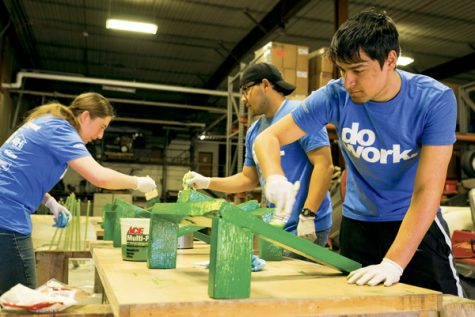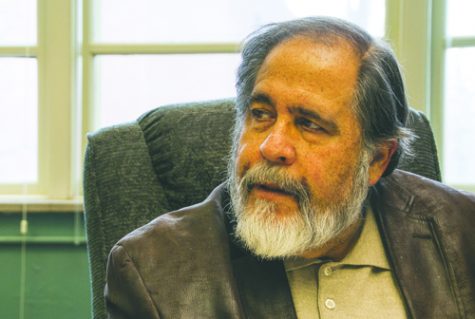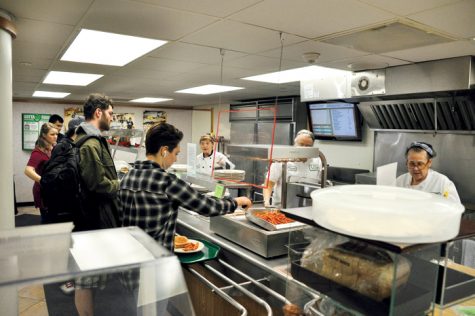Spending Thanksgiving at the Dakota Access Pipeline
January 13, 2017
In 1620, a group of colonists arrived at Plymouth Rock, Mass. The voyage in their ship, the Mayflower, had been brutal, and they were ill-prepared for the harsh New England winter. If it weren’t for the help of a local Native American tribe, they may not have lasted the winter. The next year, after the fall harvest, the Pilgrims included the tribe in their festival, the first Thanksgiving.
Nearly 400 years later, I travelled with a group of fellow students at the University of North Dakota, to return to the original spirit of this North American holiday. We were delivering the result of a food-and-clothing drive spanning Grand Forks, Fargo, and Minneapolis to the Standing Rock Indian Reservation. Specifically, an area of the reservation just north of Cannon Ball, N.D., where for the past six months, over 3,000 people have gathered to protest the construction of the Dakota Access Pipeline. We were giving aid to a group to assist in their survival over the brutal winter months, but in a way, we were also giving thanks to the protestors and demonstrators.
We drove down to Standing Rock on Thanksgiving morning; myself in my car, following the organizers of the food drive, Will Beaton and Alex Aman of Sandbagger News, and three other following behind. Along the way, we picked up more blankets and supplies to last the night.
Arriving at the reservation, we set up camp in Sacred Stones, the support camp of the protest sites. We met up with a group of media personnel Aman had met on a previous trip to Standing Rock with VICE News. They hosted us for the night at their camp, a military tent sporting an iron stove, solar powered lighting, and tons of tarp and carpets insulating the floor.
As I toured the camps with some of our group, some took note of just how civil the camp was. There were road signs for traffic, people exchanging stories and supplies, and open fire pits. As the sun set, a group began singing a Native American chant in front of a roaring fire — an entrancing display.
Afterwards, the camps served a Thanksgiving dinner of turkey, potatoes and gravy, and all the other fixings at several constructed kitchen buildings.
Morning chants woke us at sunup the next day. After unloading and delivering our donated supplies, we set off and went our separate ways; the Sandbagger group went to a nearby town, filming their Thanksgiving parade with drones, while I returned to Grand Forks.
Since the trip, the U.S. Army Corps of Engineers denied the permit to construct the pipeline. However, protesters continue to inhabit the camps at the reservation, enduring frigid weather to block the proposed path of the pipeline; while construction is currently halted, the backers of the pipeline, Energy Transfer Partners and Sunoco Logistics Partner, are committed in the construction, and President-Elect Donald Trump (who previously owned a share of Energy Transfer) has voiced support of their endeavor.
While my time at Standing Rock was not the most physically comfortable, the people present were all social and generous. Despite the circumstances, spirits were high, and it was hard to feel pessimistic, even with the police flood lights lining the nearby hills. I do not regret going to Standing Rock, and Aman plans to return as often as he can.
In modern society, Thanksgiving is a time of families coming together, celebrating and saying what they’re all thankful for. Going back to the roots of the holiday, there are many ways for you to show just how thankful you are.
Connor Johnson is a staff writer for The Dakota Student. He can be reached [email protected]





